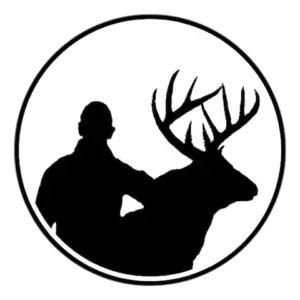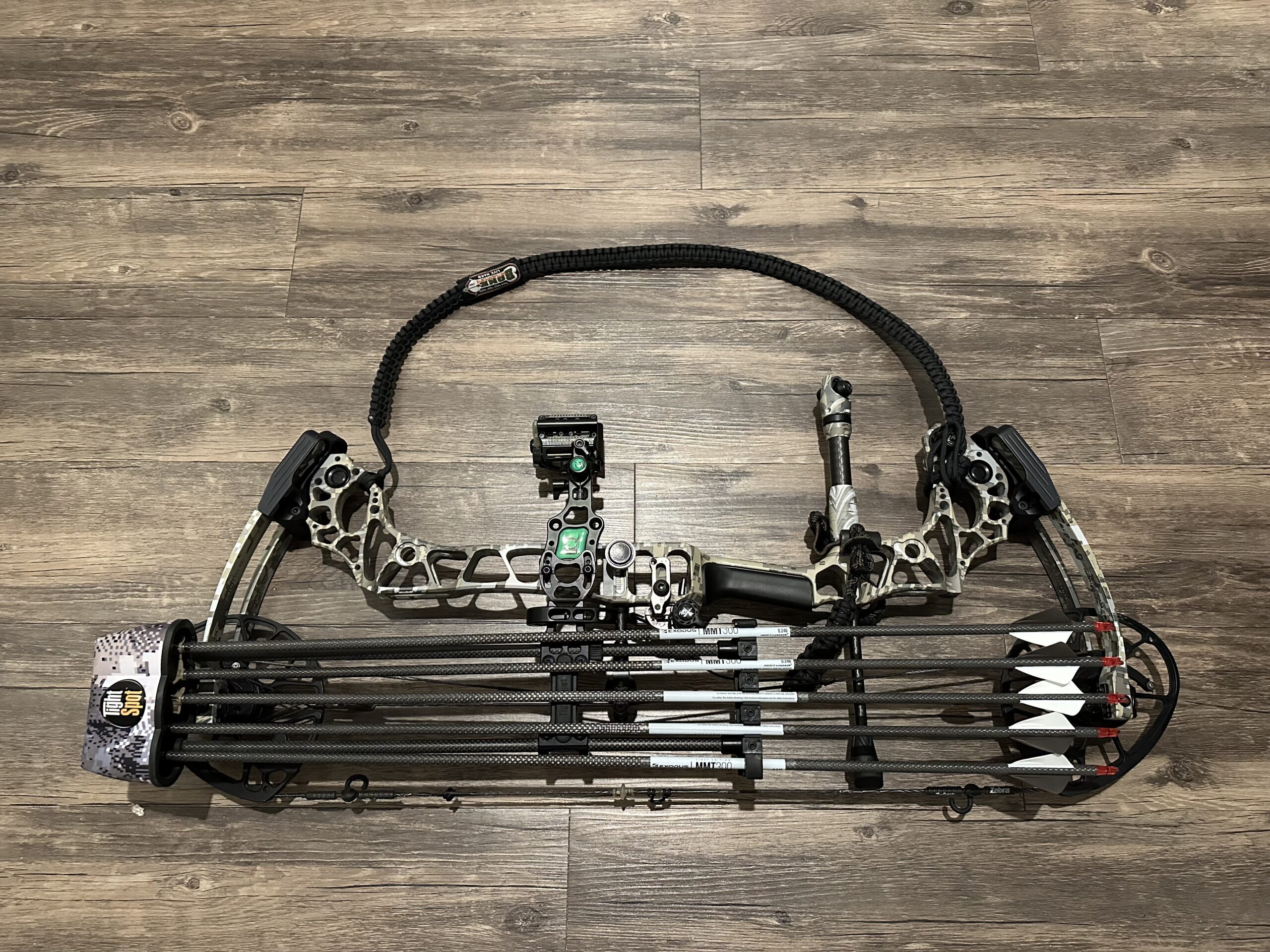I’m always looking for ways to be a more efficient hunter. Getting a bow into the tree is one of those simple tasks where people can sometimes overcomplicate it. There are several methods for getting a bow in the tree, but which one is best for you? This article is going to help you answer that question.
Most hunters use a rope or retractable gear hoist to get their bow into the tree. Other options include climbing the tree with the bow on your back, either using a bow sling or a backpack with the bow attached.
Do you primarily hunt in fixed stand locations like ladder stands and tower blinds, or are you a mobile hunter? If you’re a mobile hunter, do you hunt in a saddle or do you hunt with a hang-on or climbing stand? The best method for getting bow in the stand depends on your style of hunting.
Ways to get your bow into the stand
1. Use a bow sling
I highly recommend using a bow sling to get your bow into the tree if you don’t hunt with a backpack and you primarily hunt in fixed stands like ladder stands, hang-ons, or tower blinds.
I purchased a sling-a-ling for my bow and I use it to get my bow in the tree for the majority of my hunts. I absolutely love this product.
Why use a bow sling? To avoid having to use a rope or retractable hoist, which come with their own problems. I will elaborate on this further down the page and explain why I don’t recommend ropes for getting a bow in the stand.
If I’m hunting someone else’s stand I don’t want to rely on a rope being there to get my bow in the tree. If you have a sling on your bow, you can always guarantee that you can get your bow in the tree.
The sling-a-ling is a very safe way to get a bow in the tree since it’s strapped to your back and out of your way while climbing up. You also don’ t have to worry about it getting in the way of your safety harness or lineman’s rope.
2. Secure the bow to a backpack
If you hunt with a backpack, I recommend using a backpack that’s designed to hold a bow and use it to get your bow in the tree.
I will hunt with a backpack if I’m hunting all day or going on a mobile hunt.
I bought this backpack because it can hold my bow and it’s designed with a pocket to stow away a rope or retractable gear hoist. On mobile hunts I will use the gear hoist to pull up my backpack and bow once I get up in the tree.
If I’m not doing a hang-and-hunt and just hunting from a fixed tree stand, I can just wear the backpack with my bow attached and climb up the tree (no need to use a gear hoist for fixed stands).
3. Retractable gear hoist
Using a retractable gear hoist to get a bow in the tree is an excellent option for all mobile hunters.
This retractable gear hoist on Amazon allows the hunter to get situated in the tree without having to worry about the line getting in the way or getting tangled up.
The line on the hoist needs to be strong enough to pull up a backpack and a bow. Like I mentioned earlier, my hunting backpack holds my bow and has a pocket designed for a retractable hoist or rope. All I have to do is attach the line to my pants as I climb up. Once I’m in the stand with safety harness attached, I will pull up my backpack and bow at the same time.
4. Use a rope
I only recommend using ropes with fixed stand positions and if you plan on leaving the rope in the stand all season long. Using a rope to get a bow in the tree will get the job done, but it’s not my primary recommendation.
Mobile hunters that use rope to get their bow in the tree have to deal with tangled ropes from time to time. This forces them to keep the rope organized so it doesn’t get tangled every time. Retractable hoists are a much better option for mobile hunters even though they are a little bulkier. It’s a good tradeoff in my opinion.
Here are some tips to follow if you plan on using a rope to get your bow into the stand:
- Use a thicker nylon rope like this one on Amazon. This rope will hold up well to weather and stress and make it easier on your hands if pulling up a bunch of weight. Small ropes and paracord can hurt your hands if there is more than 10lbs on the line.
- Tie the rope to the end of the tree stand platform so that it’s not laying against the trunk of the tree. This will keep the bow from resting against the tree or hitting it on the way up.
- Cut the rope or tie it so your bow is hanging off the ground about 2-3’. This helps keep dirt and mud from getting on your bow or in the nock on your arrows.
- Cut branches and clear vegetation that might contact the bow while pulling it up in the stand.
- Don’t use hooks and avoid using plastic clips or metal carabiners. Plastic clips can break and metal carabiners can make noise if they hit your bow, stand, or ladder. I prefer to just tie a simple knot around the limb of the bow and pull it up that way.
- After your hunt is over, tie the rope to something at the base of your tree (like a ladder step) so that the wind doesn’t blow it out of reach when you come back to hunt the next time.
Why I don’t recommend using ropes:
- Ropes can break over time depending on the type of rope. I’ve personally seen this happen to a friend of mine as he was pulling his bow up. It ruined the hunt because his sight was bumped loose when it hit the ground.
- Ropes can get hung up in vegetation. I don’t want to waste my time clearing vegetation.
- Using a rope can make noise if it hits vegetation or branches as you pull your bow up.
- Noise is also a concern if the rope has a metal clip or carabiner. The clip can accidently hit a metal ladder or tree stand and possibly alert the animals we are hunting.
- If ropes are too long, the bow will be touching the ground. Mud and dirt can get on our bow or into our arrow nocks.
- I don’t want to buy a rope for every stand I have in the woods. I rather avoid this cost.
Conclusion
There are all kinds of ways to get a bow in the tree but you need to figure out what works best for you. I have used all four methods that I mentioned in the article which is why I believe you will be a more efficient hunter if you follow my recommendations for each method. Keep things simple and don’t overcomplicate things for yourself. Good luck!






